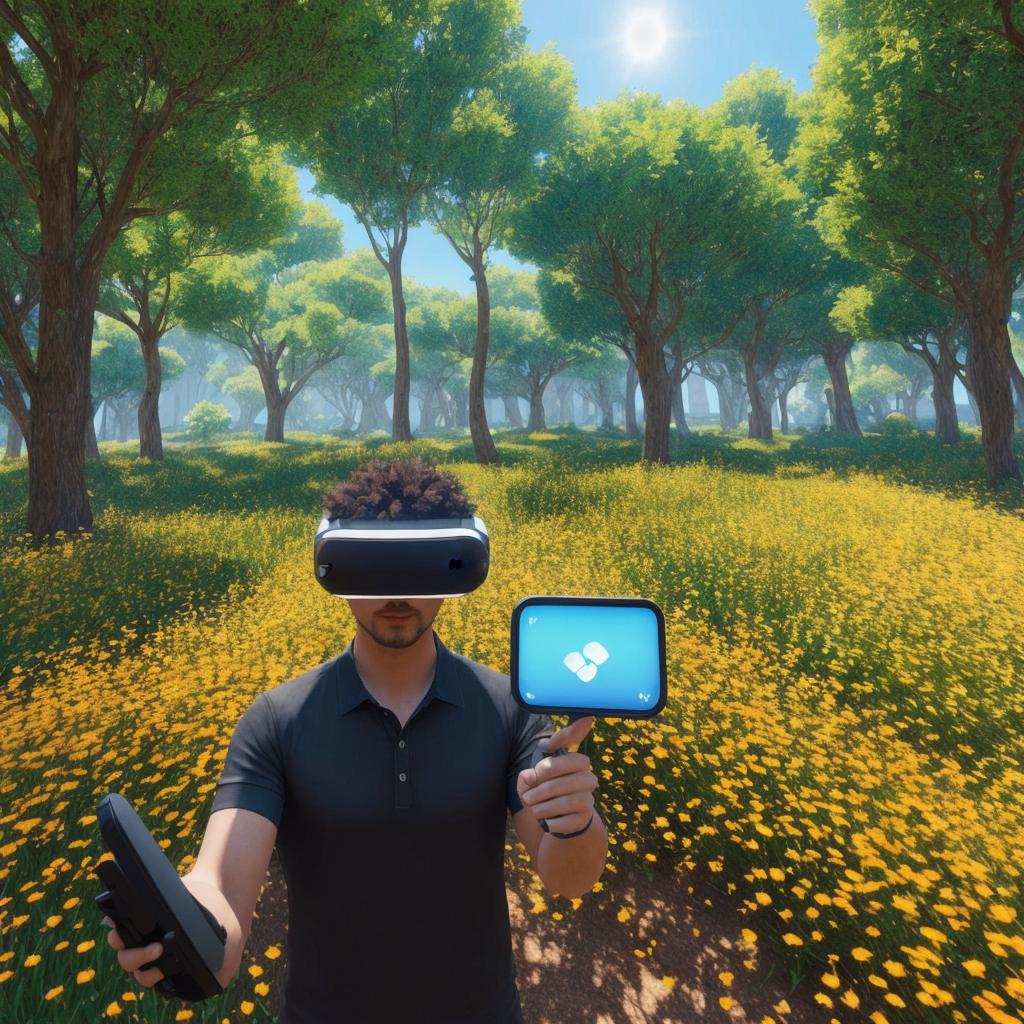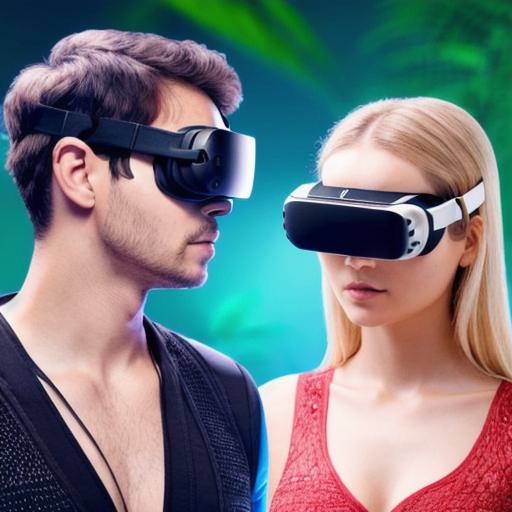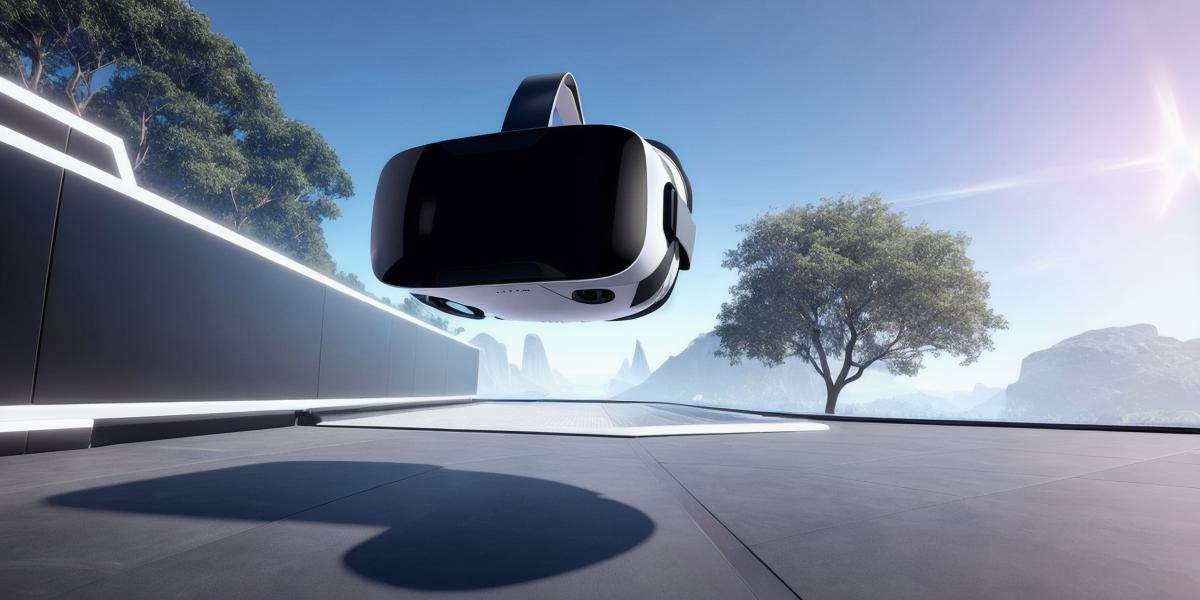The metaverse, a collective virtual shared space, created by the convergence of virtually enhanced physical reality and physically persistent virtual reality, is a topic of great interest and debate in today’s world. Two technologies that are at the forefront of this new digital frontier are Virtual Reality (VR) and Artificial Intelligence (AI). Let’s explore how these two technologies power the metaverse and answer the question: Is the Metaverse Primarily Powered by Virtual Reality or Artificial Intelligence?
Virtual Reality (VR) in the Metaverse
Virtual Reality, a technology that simulates an environment that can be experienced as if it were real, plays a crucial role in creating immersive experiences in the metaverse. It allows users to interact with digital environments and objects in a way that feels lifelike, thereby enhancing their sense of presence. VR is primarily used for creating realistic visual and auditory experiences in gaming applications, training simulations, and virtual tours, among others. For instance, Facebook’s Horizon platform uses VR headsets to transport users into the metaverse, providing them with a fully immersive environment to explore and interact with.
Artificial Intelligence (AI) in the Metaverse
Artificial Intelligence, on the other hand, brings intelligence to digital environments by enabling machines to learn from data, recognize patterns, make decisions, and even interact with humans in natural language. In the metaverse, AI is used for various purposes such as creating realistic non-playable characters (NPCs), powering virtual assistants like bots, and generating dynamic content based on user behavior. For example, an AI-powered NPC can have a conversation with users, react to their actions, and even make decisions based on the situation.

The Interplay of VR and AI in the Metaverse

While both Virtual Reality and Artificial Intelligence are critical components of the metaverse, it’s essential to understand that they work together rather than being mutually exclusive. For instance, an AI-powered NPC in a VR game can engage users in realistic conversations, creating a more immersive experience. Additionally, VR can enhance the effectiveness of AI by providing a more natural interface for users to interact with intelligent systems.
**Conclusion: A Balanced Approach**
To answer the question: Is the Metaverse Primarily Powered by Virtual Reality or Artificial Intelligence?, it’s essential to recognize that both technologies are crucial components of the metaverse, and they work in harmony to create immersive digital experiences. While VR provides the foundation for creating lifelike environments, AI adds intelligence to these environments, making them more dynamic and interactive. Therefore, instead of viewing VR and AI as competing technologies, it’s essential to adopt a balanced approach that leverages their unique strengths to unlock the full potential of the metaverse.
